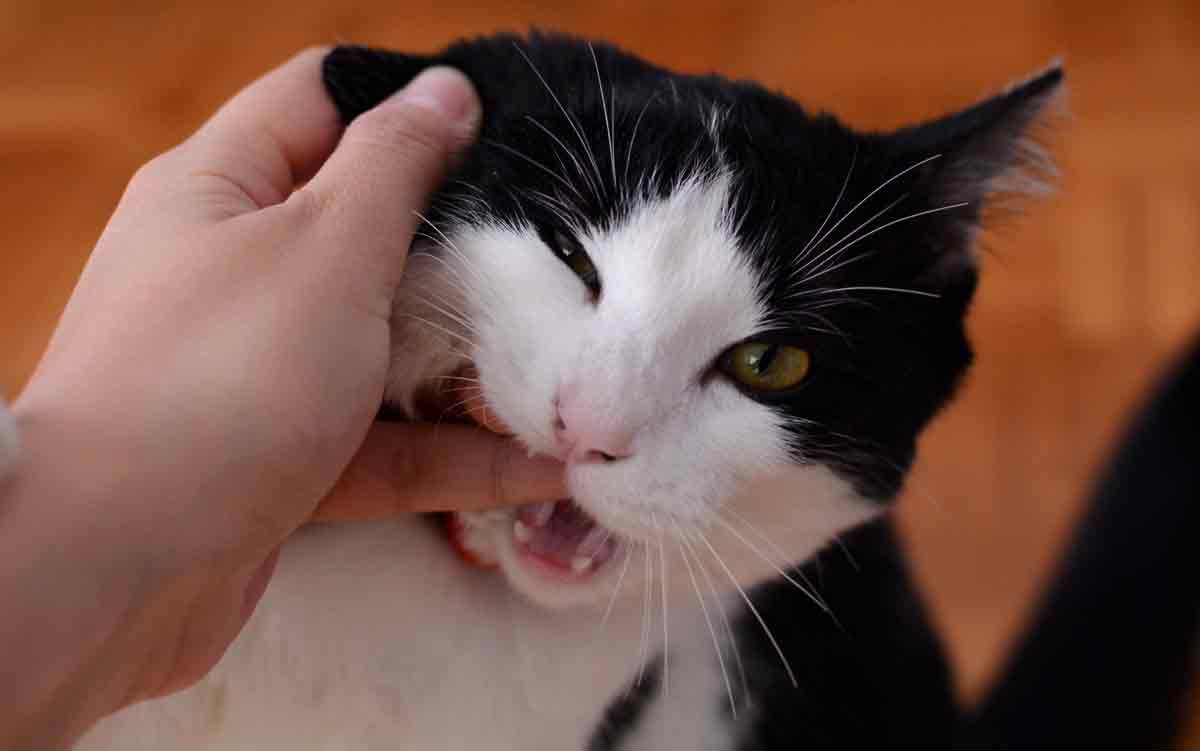
You may not think about your cat’s teeth very often, but they are a very important part of your cat’s anatomy. A cat’s teeth are weapons, eating utensils, and health barometers.
+ Meet Big Floppa, the cat that became the biggest star of memes on the internet
Check out nine facts about your cat’s teeth that may surprise you:
1. Age estimated by the number of teeth
Cats have 26 teeth as kittens and 30 as adults. This number is smaller than that of dogs, which have 42, and humans, who have 32.
A kitten’s deciduous teeth begin to grow when they are 2 to 3 weeks old. The deciduous teeth are replaced by permanent teeth when kittens are 6 to 7 months old.
2. More than just canines
Known for their canines, cats also have incisors, pre-molars, and molars. The reason kittens have only 26 teeth is because their molars come in with the adult teeth. In fact, unlike dogs, a cat’s molars do not have grinding surfaces.
3. Retention of teeth
Baby teeth can become retained, causing problems when permanent teeth grow. Permanent teeth are pushed out of place, leading to a poor bite.
Baby teeth that do not fall out need to be pulled to avoid overcrowding in the mouth. This is a common problem in flat-faced cats, like Persians, according to veterinary dentistry specialist Jan Bellows.
4. Blood groove
A cat’s canines are equipped with a crease along the edge called a “blood groove”. When a cat sinks its canines into prey, the blood flows down the groove and out of the way, instead of pooling in the mouth.
5. Teeth are not as necessary
Cats can develop some serious oral problems, such as tooth resorption or stomatitis, which require the removal of some or all teeth. The good news is that while cats certainly use their teeth to grab food, they do not need them to eat. Whether you feed canned or dry food, a toothless cat can eat just as well as one with teeth.
6. Dangers of bites
Cat bites are serious, and not just for their prey. Cat mouths carry fewer bacteria than dogs and humans, according to Jan Bellows, but the organisms inside, typically Pasteurella and Pseudomonas, can be extremely dangerous, especially knowing that cat bites are very deep.
“They go almost to the bone,” the specialist told the Washington Times Herald. “I’ve been bitten a few times by cats, and my fingers swell and pus comes out.”
To avoid further complications, wash cat bites thoroughly with soap and water. If you notice that the bite is not healing or is showing signs of pus, consult your doctor to start antibiotic treatment.
7. Tooth enameling
A cat’s tooth enamel is thin compared to dogs and humans. Even a small fracture exposes the nerves near the pulp, requiring a root canal or tooth extraction.
8. Brushing challenge
Brushing a cat’s teeth can be a challenge. An easier and equally effective method is to take a cotton swab, dip it in the water from a tuna can, and rub it on the gums around the teeth, an area known as the gingival margin. But why tuna water? “It does nothing clinically, but cats like it,” said Dr. Bellows.
This helps remove the daily buildup of bacterial plaque, the soft, sticky, and bacteria-containing film that adheres to teeth and hardens into yellow or brown tartar. Tartar stains teeth and causes the formation of irregular surfaces, making plaque formation easier.
9. Start early
You can make cleaning feline teeth easier if you get kittens used to it when they are still young. If you don’t want to go the cotton swab and tuna water route, rub teeth with a cloth or a piece of gauze wrapped around your finger.

